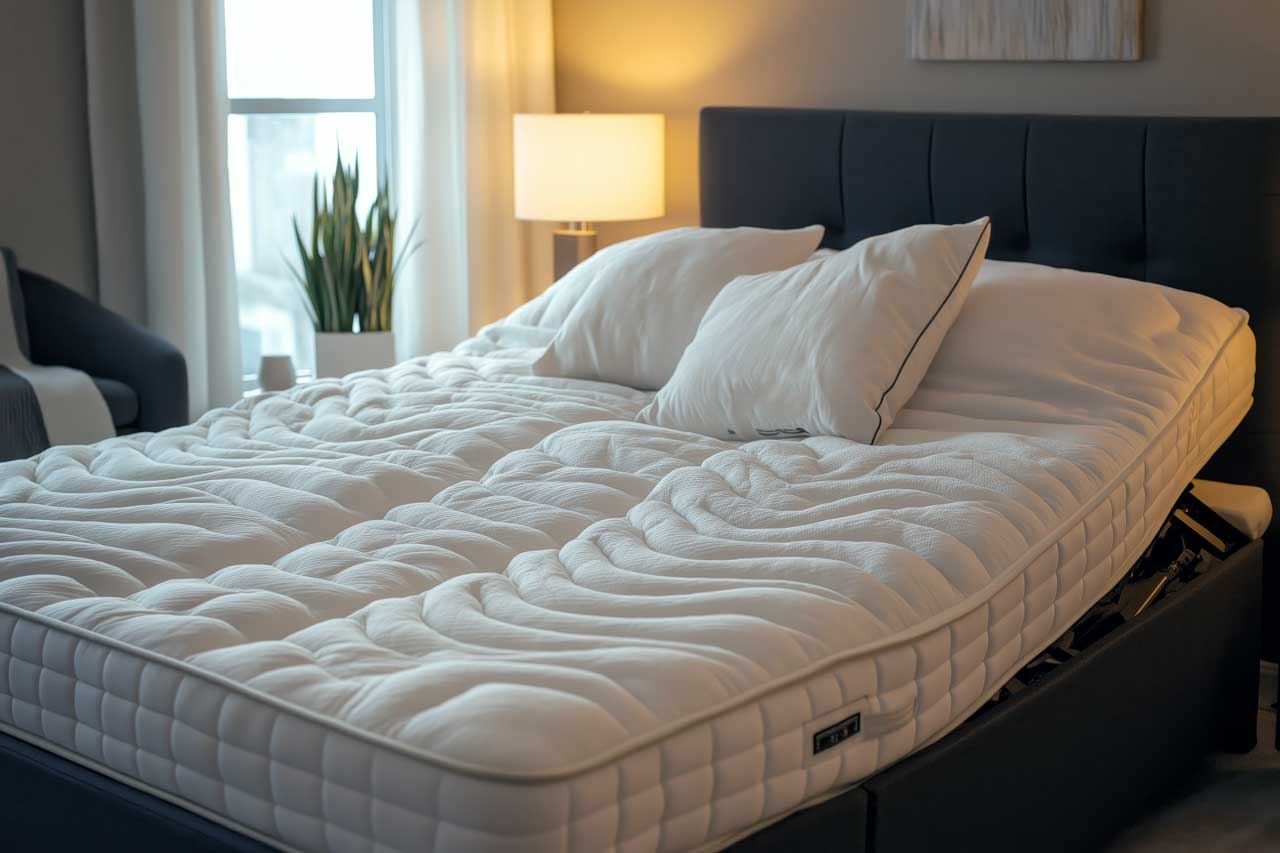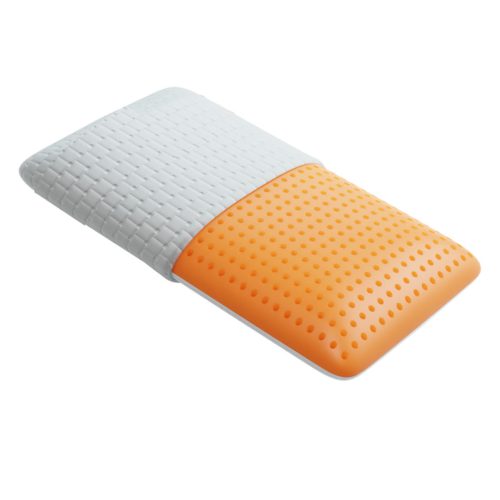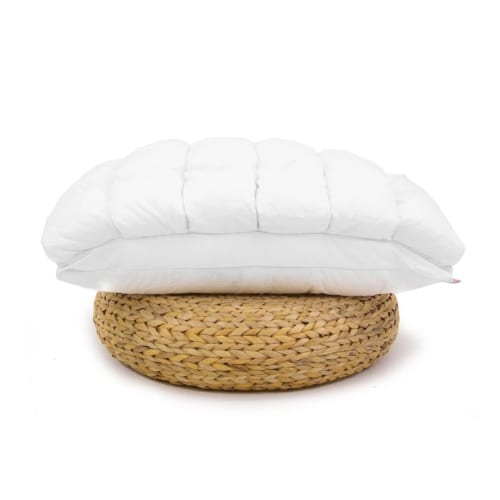
Adjustable beds have gained immense popularity due to their versatility and comfort, offering a personalized sleep experience that can enhance overall health and well-being. However, many potential buyers often wonder why some bed frames are not compatible with adjustable bases. In this article, we will explore the causes of compatibility issues, examine the different types of bed frames for adjustable beds, and offer tips on how to find the ideal match for your adjustable bed.
Understanding Adjustable Beds
Adjustable beds are distinctive in their ability to let users customize their sleeping position, offering a range of health benefits. These beds can elevate the head and feet, catering to individual comfort preferences. However, not all bed frames are designed to accommodate this functionality.
The Structure of Adjustable Beds
Adjustable beds feature a base that can change angles, allowing users to adjust their position for optimal comfort. Unlike traditional flat foundations, these beds require specialized structural support. The adjustable base is typically heavier and has mechanical components that necessitate compatibility with the bed frame.
Benefits of Adjustable Beds
- Improved Comfort: By allowing users to find their optimal sleeping position, adjustable beds can alleviate pressure on joints and muscles.
- Health Benefits: Elevating the head can help with conditions like sleep apnea and acid reflux while raising the legs can improve circulation.
- Versatility: Adjustable bed bases can serve multiple purposes, from reading in bed to watching television comfortably.
Types of Bed Frames
Understanding the different types of bed frames is crucial when considering an adjustable base. Each frame has unique characteristics that can either enhance or hinder the functionality of an adjustable bed.
Traditional Bed Frames
Traditional bed frames typically include a headboard, footboard, and side rails. While many frames can accommodate adjustable bases, some may require modifications.
- Slatted Frames: Bed frames with slats may need to have the slats removed to allow the adjustable base to fit properly. If the slats are too close together or not removable, compatibility issues may arise.
- Box Spring Requirement: Some traditional frames are designed to work only with box springs. Since adjustable bases replace box springs, this can create a conflict.
Platform Beds
Platform beds are designed with a solid surface to support the mattress without a box spring.
- Compatibility: Most platform beds can accommodate adjustable bases, but it’s essential to ensure that the frame’s height and width align with the base.
- Zero Clearance Options: If your platform bed has a fixed surface, you may need a zero-clearance adjustable base, which allows the base to sit directly on the platform without legs.
Storage Beds
Storage beds feature drawers or compartments underneath the mattress, which can complicate the installation of an adjustable base.
- Height Considerations: An adjustable bed may raise the overall height of the mattress, making it difficult to access the storage compartments.
- Zero Clearance Bases: For these types of frames, a zero-clearance adjustable base is often recommended to ensure compatibility.
Antique and Vintage Frames
Antique bed frames often come with unique designs that may not accommodate modern adjustable bases.
- Space Limitations: Many vintage frames lack the necessary space to fit an adjustable base, making compatibility unlikely.
- Design Constraints: The intricate designs of some antique frames may obstruct the movement of an adjustable base.
Factors Affecting Compatibility
Several factors can affect whether a bed frame is compatible with an adjustable base. Understanding these can help you make an informed decision.
Frame Size
The size of the bed frame must match the size of the adjustable base. Ensure both are the same size (e.g., queen, king, etc.) to avoid fitting issues.
Structural Integrity
The bed frame must be sturdy enough to support the weight of the adjustable base and the mattress. If the frame is weak or wobbly, it may not handle the added weight and movement.
Design Features
Some frames come with unique design features, such as footboards or decorative elements, that can interfere with the adjustable base’s movement. Always check for any obstructions that might hinder the base’s functionality.
Why Some Bed Frames Are Not Compatible
Despite the versatility of adjustable beds, certain bed frames simply cannot accommodate them. Here are some common reasons:
Incompatibility with Slats
Bed frames with fixed slats can prevent the adjustable base from functioning correctly. If the slats are too close together or are not removable, the base may not have enough room to operate smoothly.
Box Spring Dependency
Frames that require a box spring are not suitable for adjustable bases. Since adjustable beds replace box springs, using them with such frames can lead to instability and improper support.
Insufficient Height
Some bed frames may not have enough height to accommodate an adjustable base without modifications. If the frame is too low, it may not allow for the necessary clearance for the base to function.
Design Limitations
Frames with intricate designs, such as those with footboards or ornate headboards, may obstruct the movement of the adjustable base. This can lead to a frustrating experience if the bed cannot be adjusted as desired.
How to Choose the Right Bed Frame
Finding the right bed frame for your adjustable bed is essential for a seamless sleep experience. Here are some tips to consider when shopping for a frame:
Look for Adjustable Bed Compatibility
When purchasing a bed frame, check for compatibility with adjustable bases. Many manufacturers will specify whether their frames can accommodate adjustable beds.
Consider Frame Type
Choose a frame type that aligns with your needs. Platform beds are generally the most compatible, while traditional frames may require modifications.
Check for Removable Slats
If you prefer a traditional bed frame, look for one with removable slats. This will allow you to install the adjustable base without any issues.
Evaluate Weight Capacity
Ensure that the bed frame can support the combined weight of the adjustable base, mattress, and sleepers. Frames made from sturdy materials like solid wood or metal are often more reliable.
The Importance of Mattress Selection
The mattress you choose also plays a significant role in the compatibility of an adjustable bed. Not all mattresses are designed to work with adjustable bases.
Recommended Mattress Types
- Memory Foam: This type of mattress is highly flexible and conforms easily to the shape of the adjustable base.
- Latex: Like memory foam, latex mattresses offer excellent adaptability and support.
- Hybrid Mattresses: These often combine foam and innerspring coils, providing the necessary flexibility for adjustable bases.
Mattresses to Avoid
- Innerspring Mattresses: Traditional innerspring mattresses may not be compatible unless specifically designed for adjustable bases.
- Heavy Mattresses: Extremely heavy mattresses can place undue stress on the adjustable base and frame, leading to potential issues.
Conclusion
In summary, the compatibility of bed frames with adjustable bases hinges on various factors, including frame type, structural integrity, and mattress selection. By understanding these elements, you can make informed decisions that enhance your sleep experience. Remember to prioritize compatibility when selecting both your bed frame and mattress to fully enjoy the benefits of adjustable beds.
For more information on adjustable bases and to explore a wide range of compatible bed frames, visit Mattress Mart.







